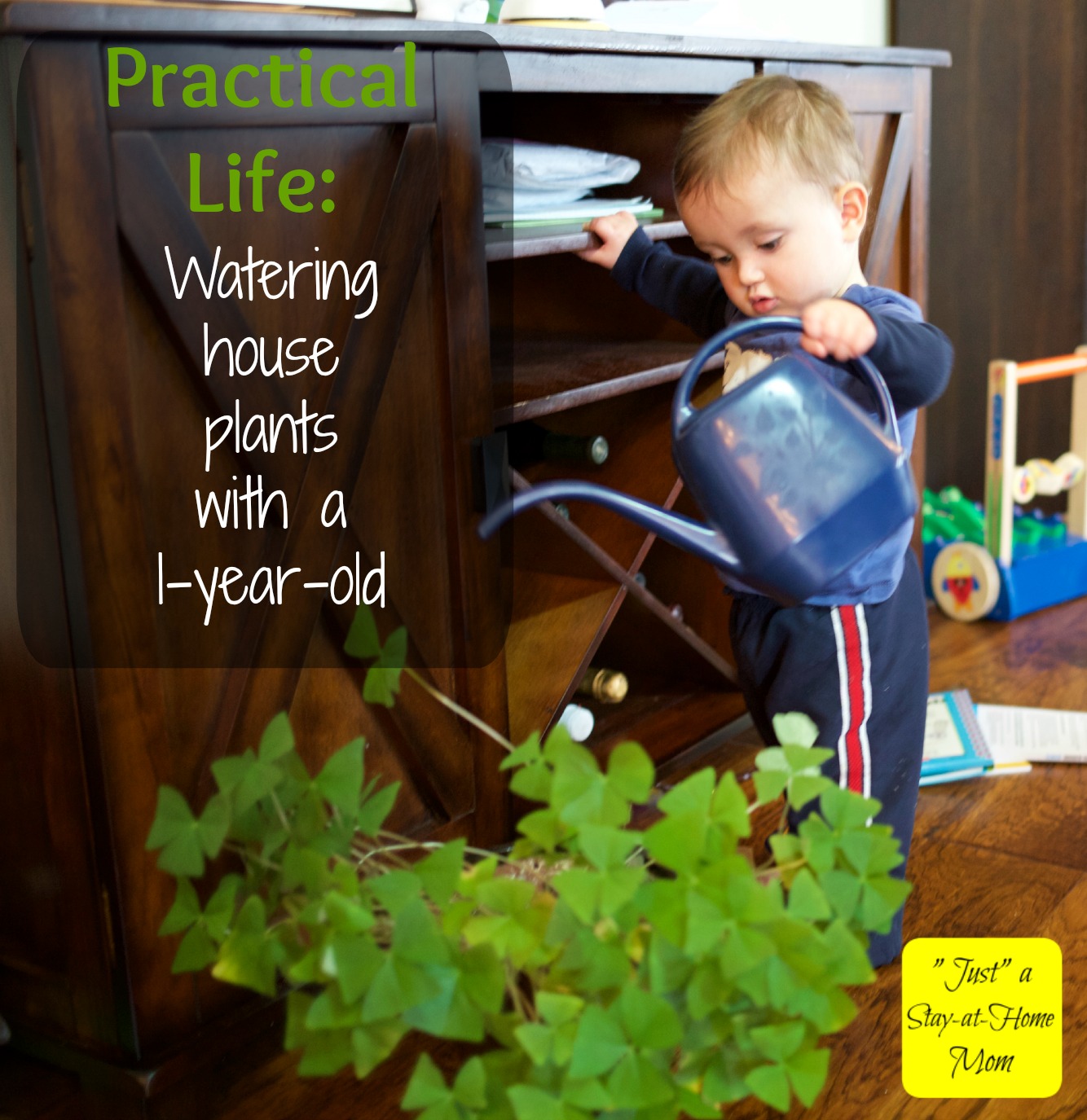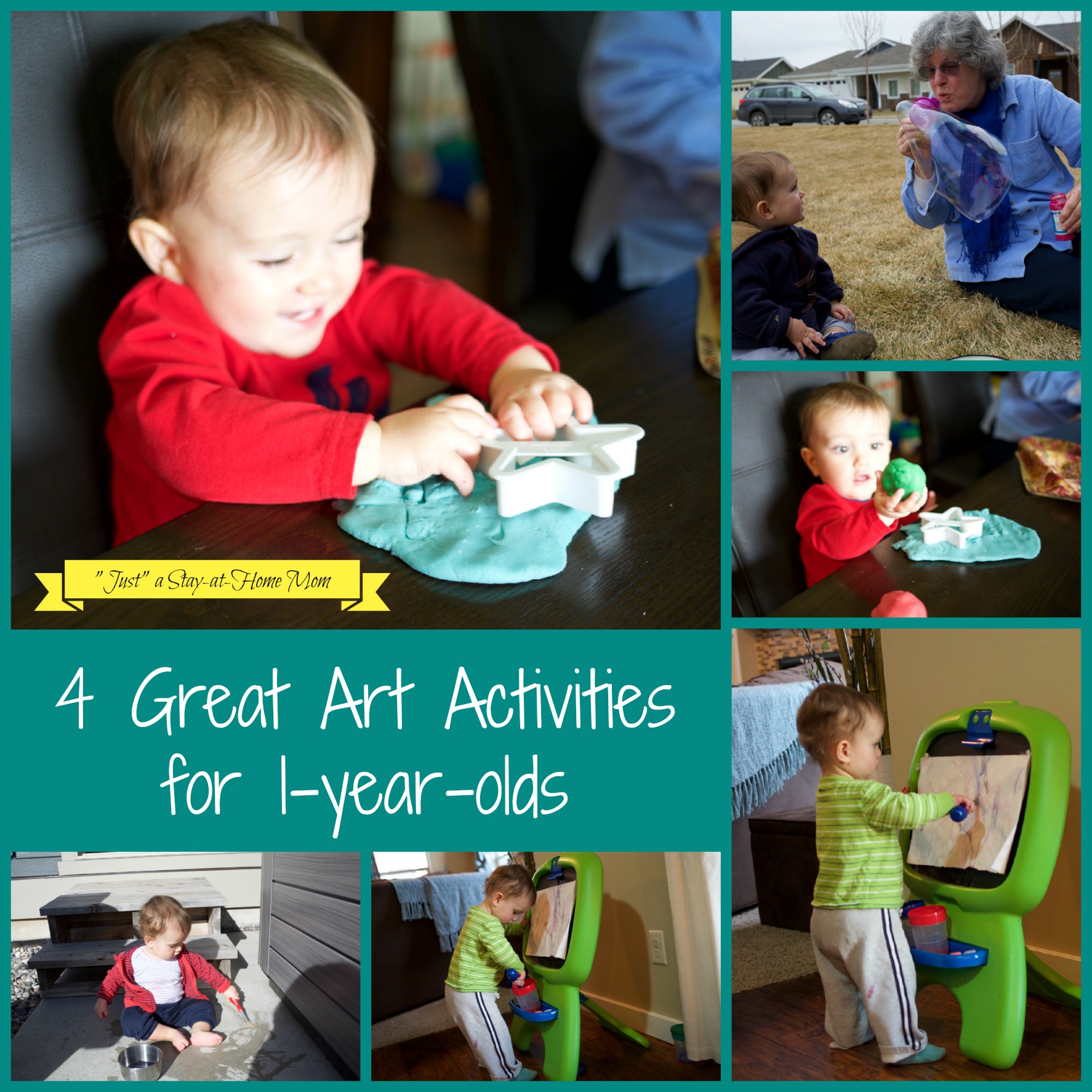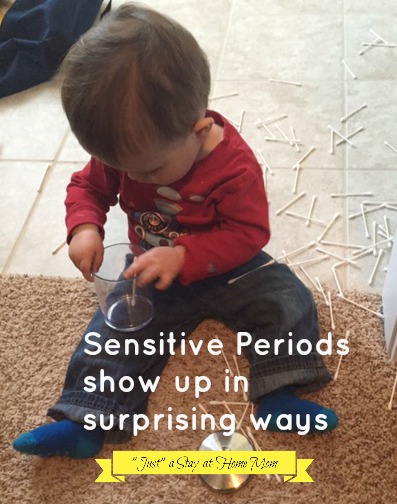Category: Montessori at home
-

Practical life: 1-year-old watering
I’ve decided to start a new trend of sharing “Montessori Monday” blogs. So, here’s the first! Think a 1-year-old is too young to do things like water the plants? Think again. According to Montessori, this is a perfect age to begin what is called “Practical Life” lessons. In Montessori, there are 4 main avenues of…
-

DIY crafts you can do with a 1-year-old
Think a 1-year-old is too young to do crafts? Think again! There are so many activities that toddlers can begin enjoying, and they are great for their brain as well as small-motor development. Even though a 1-year-old is a long way off from learning to write, the crafts you do today help build the muscles they need…
-

Sensitive Periods – The Cue Tips
First, my connection to Montessori This morning my son demonstrated what Montessori calls a “Sensitive Period”. I have been learning about Montessori principles over the past three years, thanks to Age of Montessori (based in my hometown of Bozeman). I completed their 9-month online teacher training course (but I audited it, since I wasn’t planning…